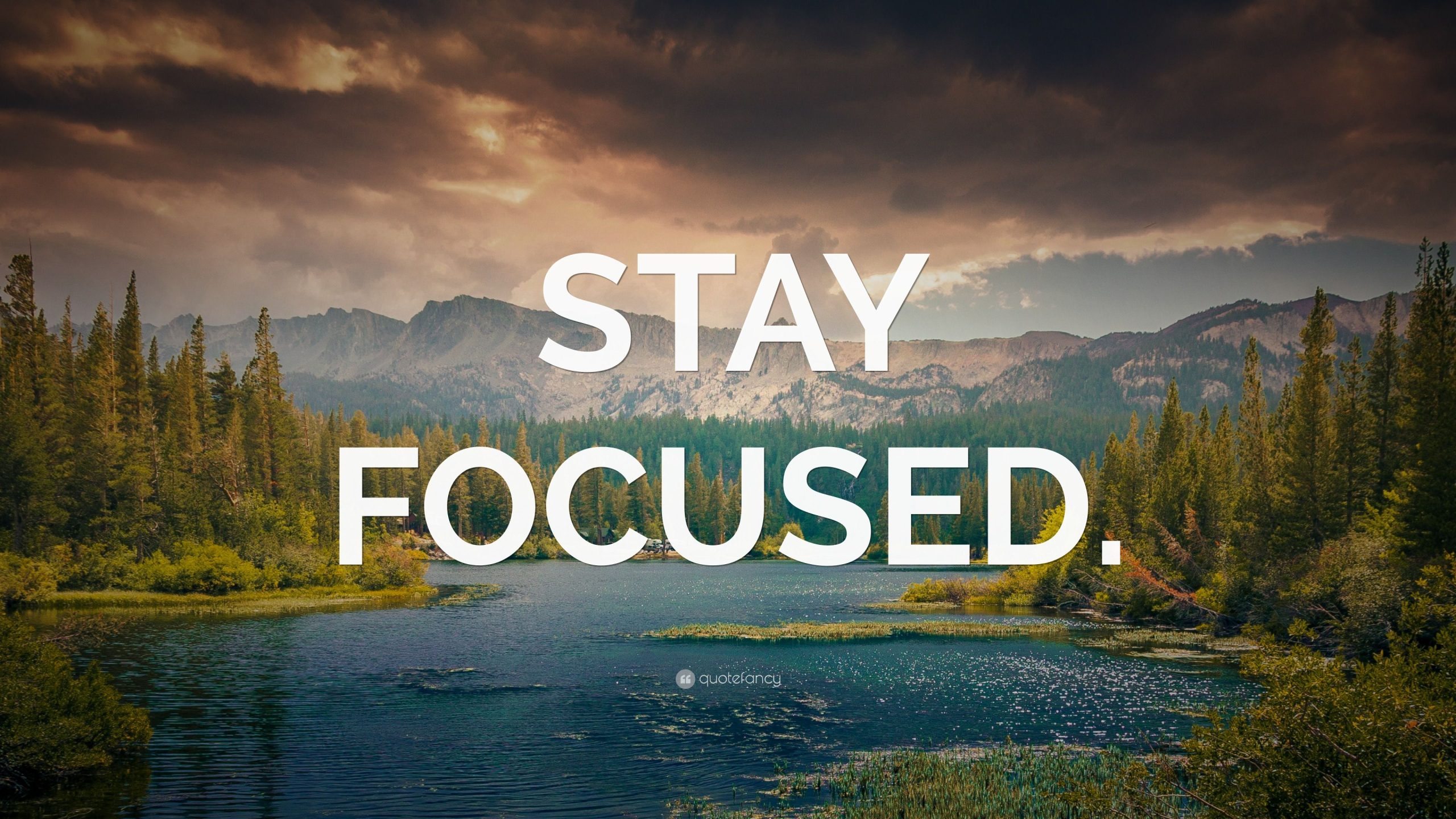
Australia, a continent vast and diverse, beckons with its sun-drenched beaches, ancient rainforests, vibrant cities, and the mystique of the Outback. From the iconic sails of the Sydney Opera House to the otherworldly landscapes of Uluru, this island nation offers an unforgettable travel experience. But with such a sprawling and multifaceted destination, the question of "where to stay" becomes paramount. This comprehensive guide will delve into the heart of Australia, exploring its top attractions, rich history, practical travel tips, diverse accommodation options, efficient transportation, and the optimal times to embark on your adventure.
A Glimpse into Australia’s Rich Tapestry: History and Attractions
Australia’s history is a fascinating blend of ancient Indigenous heritage and colonial past. For over 60,000 years, Aboriginal and Torres Strait Islander peoples have lived in harmony with the land, their cultures deeply intertwined with its natural wonders. This ancient connection is palpable in places like Kakadu National Park in the Northern Territory, home to stunning rock art galleries and a profound spiritual significance.

Related Articles about The Great Southern Land: Your Ultimate Guide to Where to Stay in Australia:
- The allure of London: A Comprehensive Guide to Finding Cheap Flights and Experiencing the Magic
- Unveiling the Majesty of Austria: A Comprehensive Guide for Travelers
- Soaring South: Unlocking the Secrets to Cheap Flights to Santiago, Chile
- Toronto: Your Ultimate Guide to Canada’s Dynamic Metropolis
- Soaring to the Southern Tip: Your Ultimate Guide to Cheap Flights to Cape Town
The arrival of Europeans in the late 18th century marked a new chapter, with the establishment of penal colonies and the subsequent growth of cities. This colonial legacy is evident in the grand architecture of Melbourne and Sydney, and the charming heritage towns scattered across the country.
Australia’s attractions are as varied as its landscapes:
- The Great Barrier Reef (Queensland): The world’s largest coral reef system, a kaleidoscope of marine life and vibrant coral formations, offering unparalleled snorkeling and diving opportunities.
- Uluru-Kata Tjuta National Park (Northern Territory): The spiritual heart of Australia, featuring the iconic monolithic sandstone rock of Uluru and the domed formations of Kata Tjuta. Witnessing a sunset or sunrise here is a transformative experience.
- Sydney (New South Wales): Home to the world-renowned Sydney Opera House and Harbour Bridge, this cosmopolitan city boasts beautiful beaches like Bondi and Manly, vibrant nightlife, and a thriving culinary scene.
- Melbourne (Victoria): Known for its laneway culture, world-class coffee, vibrant arts scene, and sporting events, Melbourne is a city that rewards exploration. Its historic trams and hidden bars are a delight.
- The Daintree Rainforest (Queensland): The oldest tropical rainforest on Earth, teeming with unique flora and fauna. Explore its ancient canopy on elevated walkways or take a river cruise to spot crocodiles.
- The Great Ocean Road (Victoria): A scenic coastal drive featuring dramatic cliffs, pristine beaches, and the iconic Twelve Apostles rock formations.
- Tasmania: An island state offering a rugged wilderness, pristine beaches, and a rich convict history. Explore Freycinet National Park, hike through Cradle Mountain, and discover the UNESCO World Heritage-listed Port Arthur Historic Site.
- The Outback: The vast, arid interior of Australia, characterized by its red earth, unique wildlife, and an overwhelming sense of space. Explore national parks like Karijini in Western Australia or the Flinders Ranges in South Australia.

Navigating the Land Down Under: Travel Tips
A successful Australian adventure hinges on good preparation. Here are some essential travel tips:
- Visa Requirements: Most international visitors will require a visa. Check the Australian Department of Home Affairs website for the most up-to-date information and application procedures for your nationality.
- Sun Protection: The Australian sun is powerful. Always wear sunscreen with a high SPF, a hat, sunglasses, and protective clothing, especially during the summer months.
- Hydration: Drink plenty of water, especially when traveling in warmer climates or the Outback.
- Book in Advance: For popular attractions, tours, and accommodations, especially during peak season, booking in advance is highly recommended.
- Respect Indigenous Culture: Australia’s Indigenous heritage is deeply significant. Be mindful and respectful when visiting sacred sites and engaging with Indigenous communities.
- Wildlife Awareness: While Australian wildlife is fascinating, it can also be dangerous. Be aware of your surroundings, especially in natural areas. Keep a safe distance from animals and never feed them.
- "Slip, Slop, Slap, Seek, Slide": This is the Australian mantra for sun safety: Slip on a shirt, Slop on sunscreen, Slap on a hat, Seek shade, and Slide on sunglasses.
- Currency: The Australian Dollar (AUD) is the official currency. Credit and debit cards are widely accepted, but it’s wise to carry some cash for smaller purchases.
- Tipping: Tipping is not mandatory in Australia, but it’s appreciated for exceptional service in restaurants and for tour guides.
- Electrical Plugs: Australia uses Type I plugs (three flat pins). You’ll likely need an adapter if your devices use different plug types.
Where to Stay: A Spectrum of Options
Australia caters to every budget and travel style, offering a diverse range of accommodation options. The "best" place to stay ultimately depends on your interests and the specific region you’re exploring.
1. For the Urban Explorer: Cities of Gold and Culture
-
Sydney (New South Wales):
- Where to stay:
- Luxury: The Four Seasons Hotel Sydney offers unparalleled harbour views. The Langham Sydney is a classic choice with impeccable service.
- Mid-Range: Ovolo Woolloomooloo provides unique wharf-side accommodation. The Grace Hotel in the CBD offers historic charm.
- Budget: Numerous hostels and backpacker accommodations are available in areas like Bondi and the CBD. Consider serviced apartments for longer stays.
- Attractions: Sydney Opera House, Sydney Harbour Bridge, Bondi Beach, Manly Beach, The Rocks, Taronga Zoo, Royal Botanic Garden.
- History: Founded as a British penal colony in 1788, Sydney is Australia’s oldest and largest city, shaped by its maritime history and subsequent immigration.
- Best time to visit: Spring (September-November) and Autumn (March-May) offer pleasant temperatures and fewer crowds. Summer (December-February) is hot and busy.
- Where to stay:
-
Melbourne (Victoria):
- Where to stay:
- Luxury: The Langham Melbourne provides elegant riverside accommodation. Crown Towers Melbourne offers opulent suites and entertainment.
- Mid-Range: Boutique hotels in Fitzroy and Collingwood offer trendy stays. Adina Apartment Hotel Melbourne provides convenient city living.
- Budget: Melbourne has a thriving hostel scene, particularly in the CBD and backpacker hubs.
- Attractions: Federation Square, National Gallery of Victoria, Queen Victoria Market, Eureka Skydeck, laneway bars and cafes, sporting precincts (MCG, Rod Laver Arena).
- History: Known as "Marvellous Melbourne," it boomed during the gold rush in the mid-19th century, becoming Australia’s largest city for a time. Its European heritage is evident in its architecture and cultural institutions.
- Best time to visit: Spring (September-November) and Autumn (March-May) are ideal. Melbourne’s weather is famously unpredictable, so be prepared for all seasons, even in summer.
- Where to stay:
-
Brisbane (Queensland):
- Where to stay:
- Luxury: The Calile Hotel on James Street offers a resort-style urban escape. W Brisbane provides stylish riverfront accommodation.
- Mid-Range: Hotels in the CBD and South Bank offer convenient access. Look for apartments in trendy suburbs like Fortitude Valley.
- Budget: Brisbane has a good selection of hostels and budget hotels.
- Attractions: South Bank Parklands, Queensland Art Gallery | Gallery of Modern Art (QAGOMA), Lone Pine Koala Sanctuary, Story Bridge.
- History: Brisbane grew from a penal settlement and port, developing into a vibrant subtropical capital known for its relaxed lifestyle.
- Best time to visit: Spring (September-November) and Autumn (March-May) offer warm, pleasant weather. Summer can be hot and humid with potential for storms.
- Where to stay:
2. For the Nature Lover: Wonders of the Wild
-
Cairns & Port Douglas (Queensland – Gateway to the Great Barrier Reef & Daintree Rainforest):
- Where to stay:
- Luxury: Thala Beach Nature Reserve (Port Douglas) offers secluded beachfront bungalows. Lizard Island Resort provides an exclusive Great Barrier Reef experience.
- Mid-Range: Pullman Reef Hotel Casino (Cairns) offers city convenience with reef access. Reef House Boutique Hotel & Spa (Palm Cove) is a charming option.
- Budget: Numerous hostels and budget hotels in Cairns. Port Douglas has a more upscale feel, but some budget options exist.
- Attractions: Great Barrier Reef (snorkeling, diving), Daintree Rainforest (guided walks, river cruises), Atherton Tablelands (waterfalls, local produce).
- History: This region’s history is deeply tied to Indigenous Dreamtime stories and the development of the sugar cane industry.
- Best time to visit: The dry season (May-October) offers sunny days and lower humidity, ideal for reef and rainforest exploration. The wet season (November-April) can be hot and humid with rain.
- Where to stay:
-
Uluru-Kata Tjuta National Park (Northern Territory):
- Where to stay:
- Luxury: Longitude 131° offers unparalleled luxury tented pavilions with direct Uluru views.
- Mid-Range: Sails in the Desert (Ayers Rock Resort) is the flagship hotel at the resort. The Lost Camel offers stylish, contemporary accommodation.
- Budget: Outback Pioneer Lodge provides dorms and basic rooms at Ayers Rock Resort. Camping options are also available.
- Attractions: Uluru sunrise and sunset, Kata Tjuta (The Olgas), Field of Light art installation, cultural centre, guided walks.
- History: An ancient land sacred to the Anangu people, its history spans millennia of Indigenous custodianship and geological formation.
- Best time to visit: Autumn (April-May) and Spring (September-October) offer the most pleasant temperatures for exploring. Winter (June-August) can be cold, especially at night, and summer (December-February) is extremely hot.
- Where to stay:
-
Kangaroo Island (South Australia):
- Where to stay:
- Luxury: Southern Ocean Lodge offers award-winning, all-inclusive luxury accommodation with stunning coastal views.
- Mid-Range: Shearwater Lodge and Aurora Ozone Hotel provide comfortable stays.
- Budget: Caravan parks and holiday rentals are available.
- Attractions: Flinders Chase National Park (Remarkable Rocks, Admirals Arch), Seal Bay Conservation Park, Hanson Bay Wildlife Sanctuary, local produce.
- History: Primarily known for its pristine natural environment and wildlife conservation efforts, its human history includes Indigenous habitation and early European settlement.
- Best time to visit: Spring (September-November) and Autumn (March-May) offer mild weather, ideal for wildlife viewing. Summer can be hot, and winter can be wet and windy.
- Where to stay:
3. For the Road Tripper and Adventurer:
-
The Great Ocean Road (Victoria):
- Where to stay:
- Luxury: Boutique hotels in Lorne or Apollo Bay offer coastal elegance.
- Mid-Range: Motels and guesthouses are plentiful in towns like Anglesea, Lorne, Apollo Bay, and Port Campbell.
- Budget: Caravan parks and camping grounds are common along the route.
- Attractions: Twelve Apostles, Loch Ard Gorge, Otway National Park, surfing beaches.
- History: The road was built by returned soldiers after World War I as a memorial to those who served.
- Best time to visit: Spring and Autumn offer pleasant driving conditions and fewer crowds. Summer is popular but can be busy.
- Where to stay:
-
Tasmania:
- Where to stay:
- Luxury: Pumphouse Point (Derwent Valley) offers unique waterfront accommodation. Saffire Freycinet is a renowned luxury lodge.
- Mid-Range: Charming historic inns in Hobart and Launceston. Eco-lodges in national parks.
- Budget: Hostels in Hobart and Launceston, caravan parks, and campsites throughout the island.
- Attractions: Cradle Mountain-Lake St Clair National Park, Freycinet National Park (Wineglass Bay), Port Arthur Historic Site, Salamanca Market.
- History: Rich Indigenous history, significant convict heritage, and a stunning natural environment.
- Best time to visit: Summer (December-February) offers the warmest weather for outdoor activities. Spring and Autumn are also pleasant. Winter (June-August) can be cold and snowy in the highlands.
- Where to stay:
Getting Around: Australia’s Transportation Network
Australia’s vast distances necessitate efficient transportation:
- Flying: For long distances between major cities, flying is the most practical option. Major airlines like Qantas, Virgin Australia, and Jetstar operate domestic routes.
- Driving: Renting a car is ideal for exploring specific regions, especially coastal drives like the Great Ocean Road or the Outback. Be aware of the vast distances and consider breaking up long journeys.
- Buses: National bus companies like Greyhound Australia offer extensive routes connecting major towns and cities, a more budget-friendly option for longer travel.
- Trains: While not as extensive as in other countries, scenic train journeys exist, such as The Ghan (Adelaide to Darwin) or the Indian Pacific (Sydney to Perth), offering a unique way to experience the landscape.
- Ferries: Essential for accessing islands like Tasmania or Rottnest Island (Western Australia), and for exploring Sydney Harbour.
The Best Time to Visit: Embracing the Seasons
Australia experiences distinct seasons, and the best time to visit depends on your chosen destination and desired activities:
- Spring (September – November): Generally considered the best all-round time to visit most of Australia. Temperatures are pleasant, wildflowers bloom in many regions, and it’s ideal for city exploration, coastal drives, and outdoor activities.
- Summer (December – February): Hot across much of the country, especially inland and in the north. This is peak holiday season, with bustling beaches and vibrant festivals. However, be prepared for high temperatures and humidity in many areas.
- Autumn (March – May): Similar to spring, autumn offers mild temperatures and fewer crowds in many popular destinations. The changing colours of the foliage in the southern states are beautiful.
- Winter (June – August): Mild in the north with warm days and cooler nights. In the south, it’s cooler with potential for snow in the alpine regions. This is a good time for whale watching along the coast and exploring the warmer northern territories.
In conclusion, Australia is a destination that truly has it all. From the vibrant energy of its cities to the awe-inspiring grandeur of its natural wonders, your choice of where to stay will shape your unique adventure. By considering your interests, budget, and the time of year, you can unlock the magic of the Great Southern Land and create memories that will last a lifetime.





